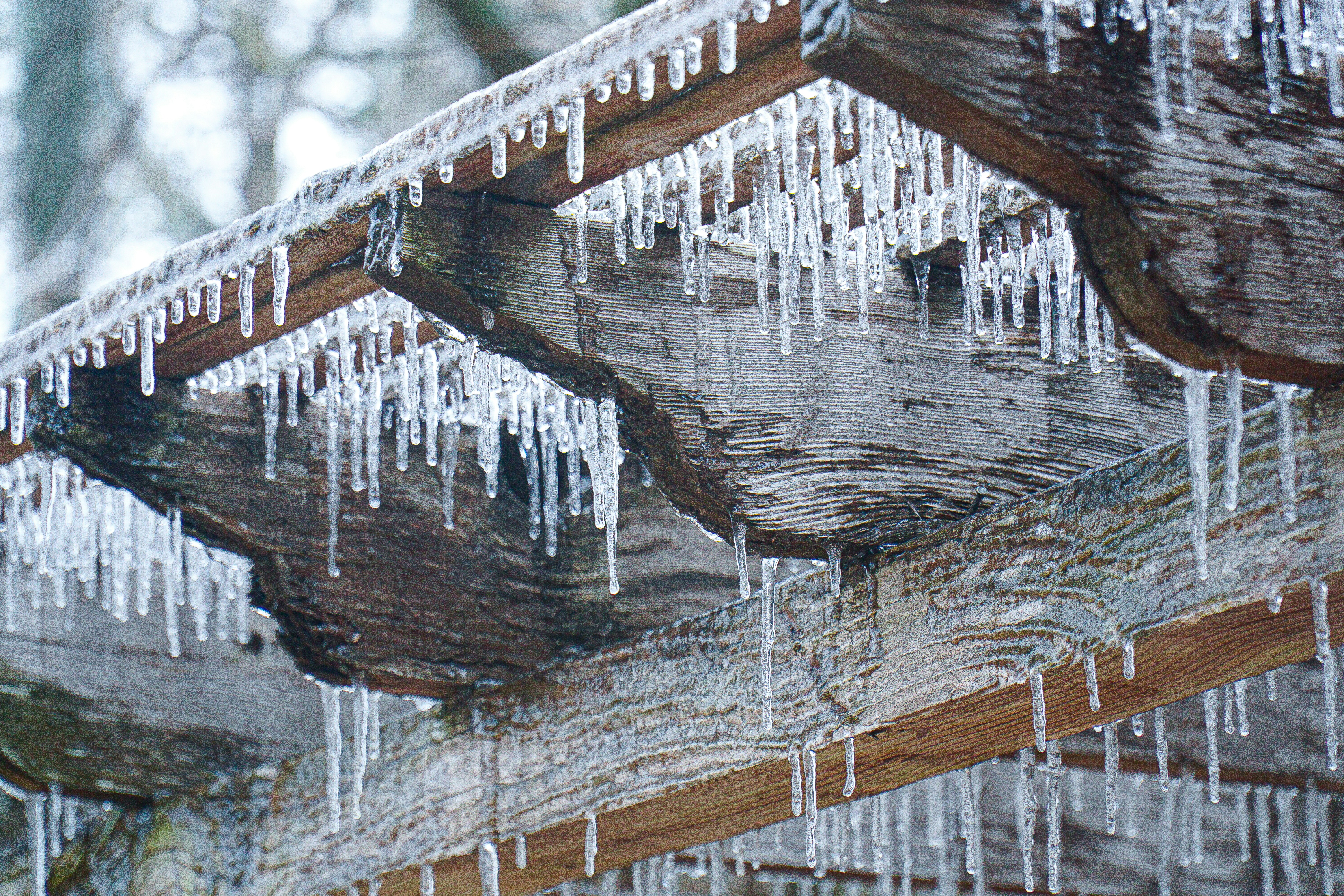In this article, we will explore the question: can you freeze carrots without cooking them? Many people are curious about this because freezing vegetables can be a handy way to preserve their freshness and extend their shelf life. We will discuss whether carrots can be frozen without cooking them first, and if so, what steps you can take to ensure they stay flavorful and crisp.
The good news is, yes, you can freeze carrots without cooking them first! Carrots are a versatile and durable vegetable that can withstand freezing. To freeze raw carrots, start by washing and peeling them, then cut them into your desired size – whether it’s sliced, diced, or baby carrots. Blanching the carrots before freezing is recommended to maintain their color, texture, and nutrient content. After blanching, quickly cool them in an ice bath and pat them dry before transferring them to freezer-safe bags or containers. By following these steps, you can have frozen carrots ready to use in your favorite dishes whenever you need them.
What is the Best Way to Freeze Root Vegetables Without Cooking Them?
The best way to freeze sweet potatoes without cooking is to peel and chop them into small pieces, blanch them in boiling water for 2-3 minutes, then transfer them to an ice bath to stop the cooking process. Once cooled, pat them dry, spread them out on a baking sheet, and freeze until solid before transferring them to airtight containers for long-term storage.
Can You Freeze Carrots Without Cooking Them
Carrots are not only colorful and delicious but also packed with essential nutrients. They are a versatile vegetable that can be enjoyed in a variety of dishes, from salads to soups and stir-fries. However, sometimes you may find yourself with a surplus of carrots and wonder if you can freeze them without cooking. The good news is that you can indeed freeze raw carrots, and by doing so, you can ensure you have a supply of fresh carrots all year round. In this article, we will explore the benefits of freezing carrots, the proper preparation process, alternative freezing methods, packaging and storing tips, ways to thaw and use frozen carrots, maintaining their quality, and even provide you with some delicious recipes to try.
Benefits of Freezing Carrots
Freezing carrots has several benefits. Firstly, it allows you to extend their shelf life and prevent them from going to waste. By freezing, you can preserve the nutrients and flavors of the carrots, ensuring you have a readily available source of nutrition. Additionally, freezing carrots is a convenient and time-saving way to always have carrots on hand. This is especially useful during the off-season when fresh carrots may not be as readily available or may be too expensive.
Proper Preparation of Carrots for Freezing
Before freezing your carrots, it is essential to prepare them properly to ensure the best results. Start by choosing fresh and firm carrots, avoiding any that appear wilted or have visible signs of spoilage. Wash the carrots thoroughly under cold running water to remove dirt and debris. Optionally, you can peel the carrots, although it is not necessary. Cut off both ends of the carrots and decide if you would prefer to freeze them whole or slice them into smaller pieces. For uniform freezing and easy portioning, it is recommended to slice the carrots into appropriate sizes.
Blanching Carrots
Blanching is a crucial step in the freezing process that helps to retain the color, texture, and nutrition of the carrots. To blanch the carrots, bring a pot of water to a rolling boil. Meanwhile, prepare a bowl of ice water. Carefully add the carrots to the boiling water and let them cook for about 2-3 minutes. This blanching time may vary depending on the size of the carrot pieces. The goal is to partially cook the carrots, making them easier to freeze and retain their quality. After blanching, quickly transfer the carrots to the ice water bath to stop the cooking process and cool them down.
Alternative Methods for Freezing Carrots
While blanching is the preferred method for freezing carrots, there are alternative approaches you can consider. One option is to directly freeze the carrots without blanching. However, keep in mind that this method may result in a slightly inferior texture and flavor compared to blanched carrots. Another method is to steam the carrots for a few minutes until they are slightly tender, then allow them to cool before freezing. This method can also help preserve the texture and taste of the carrots.
Packaging and Storing Frozen Carrots
Once your carrots are blanched or prepared using an alternative method, it is time to package and store them correctly. The key is to minimize any exposure to air, which can lead to freezer burn and deteriorate the quality of the carrots. It is recommended to use an airtight container or a freezer-safe plastic bag. Make sure to label the containers with the date to keep track of their freshness. Additionally, consider portioning the carrots into smaller sizes that can easily be used in different recipes.
Thawing and Using Frozen Carrots
When it comes to using your frozen carrots, there are a few methods to consider. The most convenient way is to thaw them overnight in the refrigerator. This gradual thawing process helps the carrots retain their texture and quality. If you need to thaw them quickly, you can also use the defrost function on your microwave, ensuring to follow the manufacturer’s instructions. Once thawed, the carrots can be used in a variety of recipes, such as soups, stews, casseroles, or even as a side dish by lightly sautéing them with some herbs and spices.
Maintaining Quality of Frozen Carrots
To maintain the quality of your frozen carrots and ensure they remain tasty and nutritious, it is important to follow some tips. Firstly, always use fresh carrots and freeze them as soon as possible after purchasing or harvesting. Secondly, be mindful of the storage time as frozen carrots are best consumed within 8 to 12 months. Lastly, avoid thawing and refreezing the carrots multiple times, as this can affect their texture and flavor.
Recipes Using Frozen Carrots
Here are a couple of delicious recipes that you can try using your frozen carrots:
- Carrot Ginger Soup:
- In a pot, sauté diced onions and minced garlic until golden.
- Add thawed carrots, vegetable or chicken broth, and grated ginger.
- Simmer until the carrots are tender.
- Use an immersion blender or a regular blender to puree the soup until smooth.
- Season with salt, pepper, and a touch of cream if desired.
- Honey Glazed Carrots:
- In a skillet, melt butter and add thawed carrot slices.
- Cook until the carrots are slightly caramelized and tender.
- Drizzle honey over the carrots and toss them to coat.
- Sprinkle with a pinch of salt and chopped parsley before serving.
Other Vegetables Suitable for Freezing
Apart from carrots, there are several other vegetables that can be successfully frozen. Some popular options include broccoli, cauliflower, peas, corn, green beans, and bell peppers. The freezing process for these vegetables is similar to carrots, and they can all be utilized in various dishes.
Conclusion
In conclusion, freezing carrots without cooking them is not only possible but also a practical way to preserve their freshness and nutritional value. By following the proper preparation techniques, blanching or using alternative methods, and storing them correctly, you can enjoy delicious carrots throughout the year. Remember to maintain the quality of your frozen carrots by adhering to recommended storage times and avoiding unnecessary thawing and refreezing. So go ahead, stock up on carrots, freeze them, and explore the many ways they can enhance your favorite recipes!





